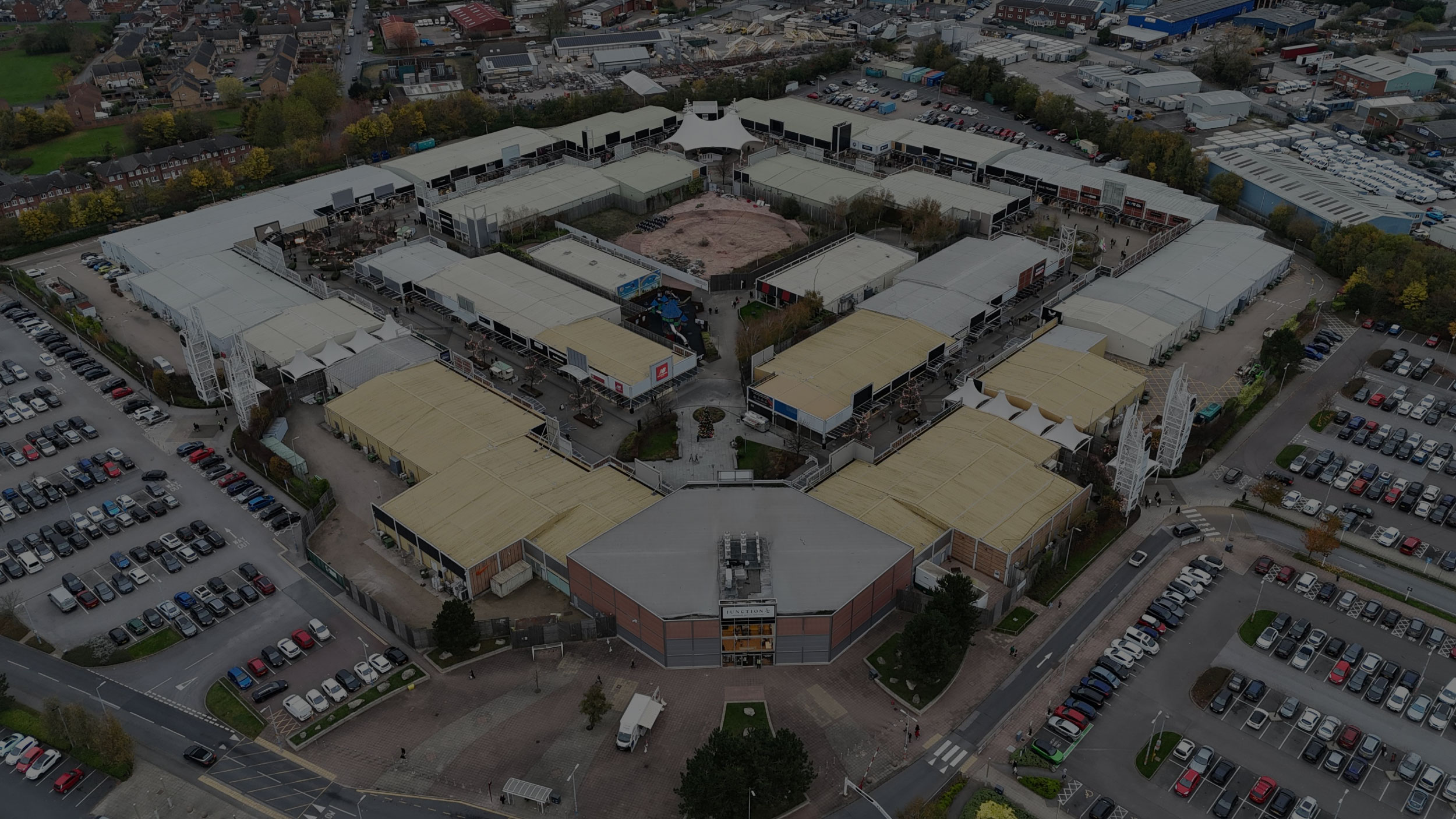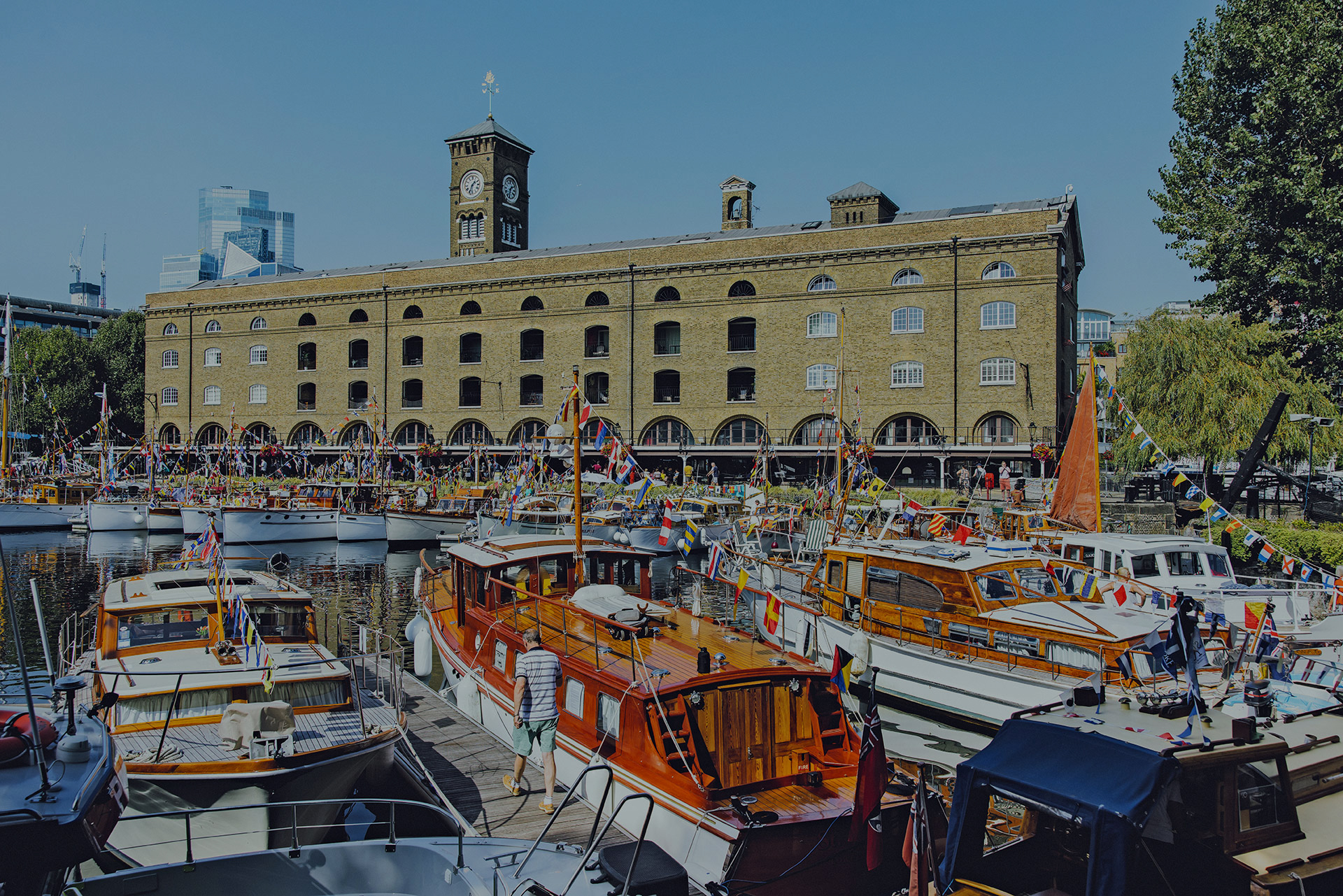Looking for an IOSH or NEBOSH course? Browse our 2026 courses here.
Case
Studies
Real Solutions,
Proven Results
Expert Consultancy & Training That Go Beyond Compliance
We help businesses meet compliance requirements and empower them to build safer, smarter, and more resilient working environments.
Our case studies showcase the impact of our expert consultancy and training services across a wide range of sectors, including residential, commercial, and industrial properties.
Case Studies


Service: Multi-service Compliance Partnership
Sector: Property Management
Managing Multi-Site Compliance with Confidence: The Skyscape Story


Service: Legionella
Sector: Facilities Management
Supporting Water Safety at a Landmark London Marina

Service: Health & Safety
Sector: Manufacturing

Competent Person Support for a Leading Biotechnology Manufacturer

Service: Training
Sector: Emergency Services

Online Training Solutions for a National Fire and Rescue Service

Service: Multi-Service
Sector: Managing Agent
20 Years of Safer Properties: Ligtas’ Partnership with a Leading UK Managing Agent

Service: Training
Sector: Manufacturing
Health and Safety Training for a Global Engineering and Aerospace Manufacturer
Service: Multi-Service
Sector: Retail

20 Years of Safety and Compliance: A Trusted Partnership with a Leading Retailer
Service: Training
Sector: Manufacturing

Flexible Training Solutions for a Leading UK Food & Beverage Manufacturer

